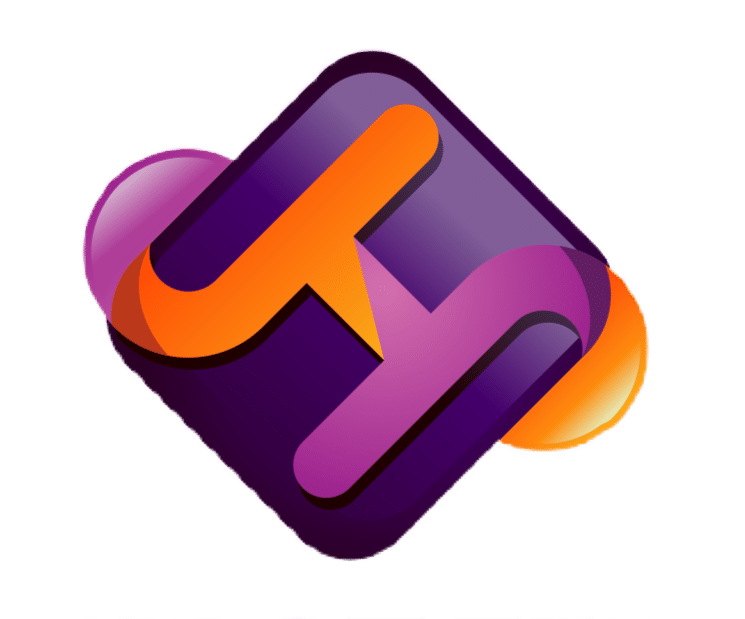Nearly 60 Million Affected
People with disabilities are disadvantaged because they do not have equal access to websites and require special accommodations
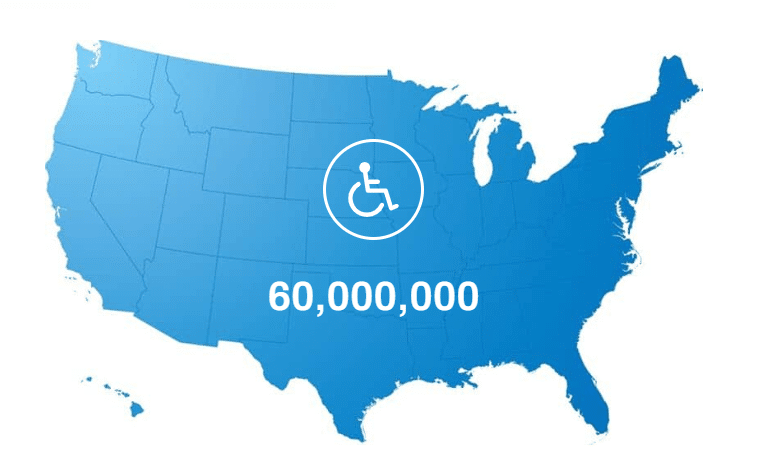
Websites accessible to people with disabilities will enable those who are visually impaired, have cognitive issues and have other motor skill impairments to participate in the digital world, creating job opportunities and more inclusion in society.
Since COVID, this is more apparent as even regular activities have transferred to the internet, like ordering a cab, booking a doctor’s appointment, or checking bus times. As these web interactions become fundamental to our daily lives, web accessibility has become more critical. Ensuring your website complies with the ADA standards can help create a more inclusive society that gives everyone a fair chance to participate in the digital world.

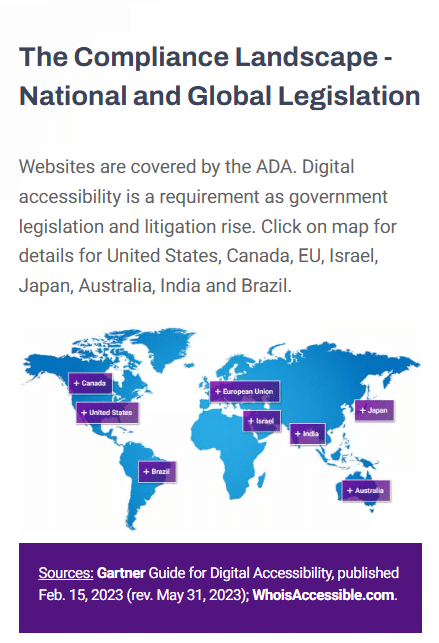
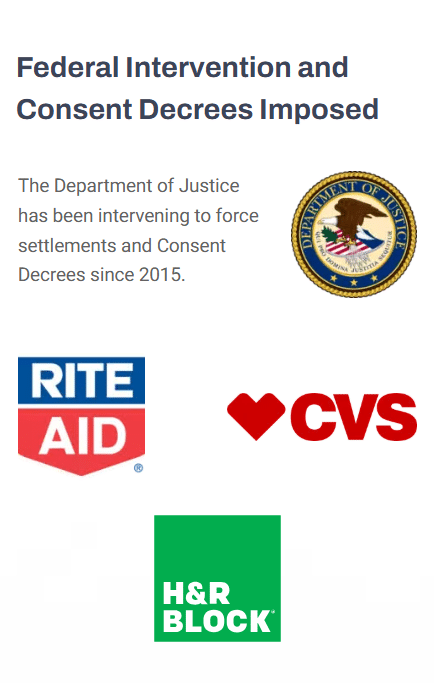
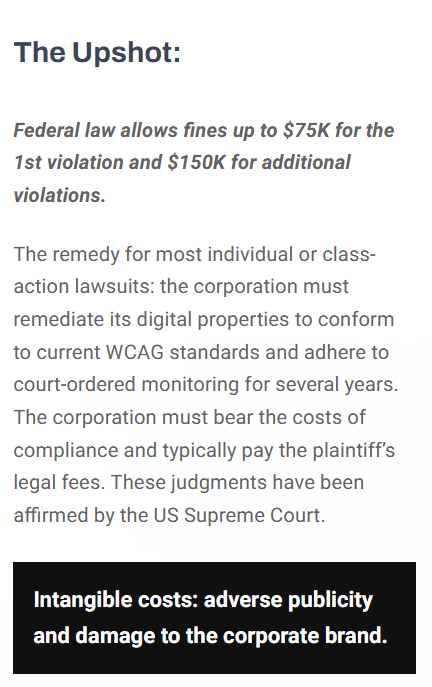
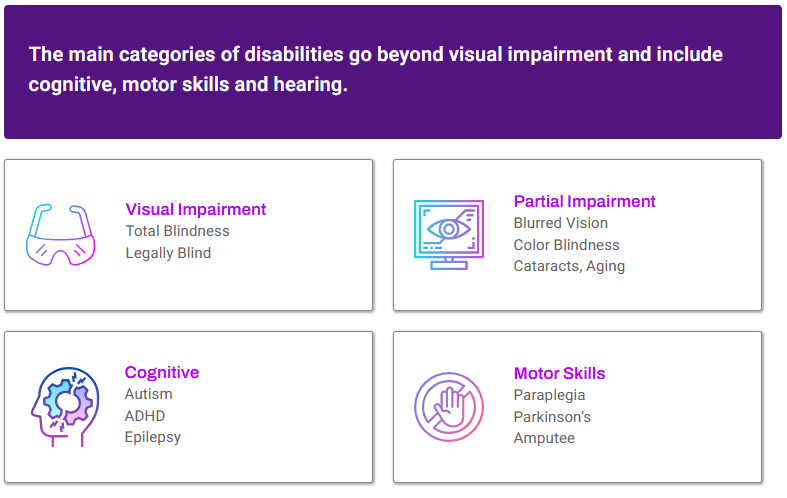
How It Works
Adjust the website to meet your individual needs
The interface is designed to address accessibility requirements relating to the UI, design, and readability of your website by enabling users to modify your site’s design to meet their individual needs.
Users can choose a disability profile like “Vision Impaired Profile” and simultaneously activate all relevant adjustments. Alternatively, or in addition to the profiles, users can enable singular adjustments like increasing font sizes, changing color contrasts, stopping animations, and more.
If you don’t like the settings you picked, click “Reset Settings” and start over.
If English is not your primary language, use the dropdown at the upper right corner to select an alternate language for the interface. Languages currently supported:
English, French, Spanish, German, Portuguese, Italian, Dutch, Polish, Hungarian, Czech, Hebrew, Arabic, Mandarin, Cantonese, Japanese, Turkish, Russian, Slovakian and Slovenian.
